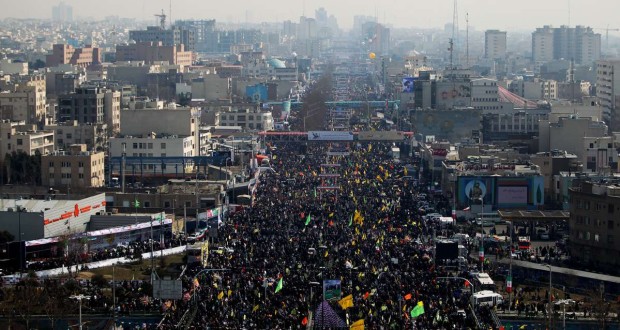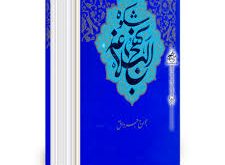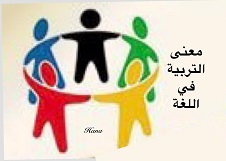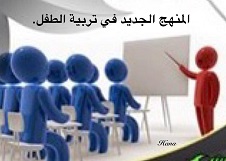An old Kurdish saying goes: “When a cat wants to eat her kittens, she says they look like mice.”
In 1962, on the eve of the American invasion of Vietnam, US propaganda movie “Red Nightmare” portrayed the peoples of the Communist Bloc as bellicose, duplicitous, semi-human fanatics.
The Warner Brothers-produced film depicts a fictitious Communist town “somewhere behind the iron curtain.” The town “stands as a symbol of Russian treachery – of long range communist conspiracy”, and is the base of an all-corrupting ideological monster. This beast from the east haunts the dreams of “Jerry,” the central character, brainwashing his wife and taking his pretty teenage daughter “Linda” to a training camp where she is made to perform a series of unspecified tasks with a unit of communist soldiers. Even the local church is not spared, being converted into a house of adoration for all things communist, where children are taught communist history and that “Alexander Graham Bell was Russian – not American!”
No doubt such movies helped Americans to sleep at night while their brave soldiers dropped millions of gallons of chemical weapons on the people of Vietnam (a war crime resulting in hideous deformities and excruciating illness for three generations of Vietnamese). And no doubt the more recent Hollywood movies depicting Arabs in a similar light (True Lies, Delta Force, Death Before Dishonour, Rules of Engagement etc.) make Americans feel better about the tidal wave of blood their government has unleashed across the Arab world.
Demonising nations is a standard practice in the dirty world of international politics, but attempting to demonise Iran presents belligerent propagandists with some major problems. From the Rose Mosque of Shiraz to the Golestan Palace of Tehran. From the Masjed-e- Jāmé of Isfahan to Tabriz and its Bazaar. From Vank Cathedral to the Chapel of Dzordzor. From Persepolis to Pasargadae, Iran is just too civilised a country to be casually portrayed as a barbaric backwater. Persian miniatures, Persian carpets, Persian calligraphy, Persian cuisine, Persian cinema and Persian poetry – the warp and weft of one of the planet’s richest cultural traditions – all fly in the face of fabricated stereotypes about Islam, Muslims and the Middle East.
The peoples of the Persian cultural sphere and Iranian diaspora must expend every effort to preserve and educate the world about Persian cultural achievements past and present. Beauty transcends national, racial and religious divides and its light can illuminate the shadows from which lower man seeks to foster discord.
Iran is uniquely placed as a country which challenges the dominant monoculture, not from a position of inferiority but as the trustee of one of the greatest civilisations in human history. The beauty of its art, its literature, its language, is its greatest weapon in the face of attempts to demonise and disparage its image. So long as Iran’s enemies seek to fan the flames of hatred in its direction, Iran should be ready to extinguish them with rose water and pomegranate juice.
 WILAYAH NEWS VOICE OF THE GLOBAL AWAKENING
WILAYAH NEWS VOICE OF THE GLOBAL AWAKENING





